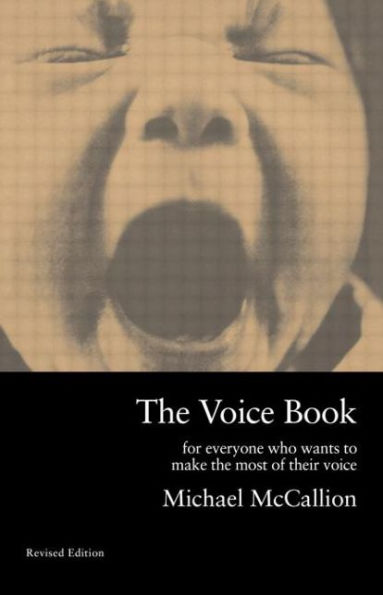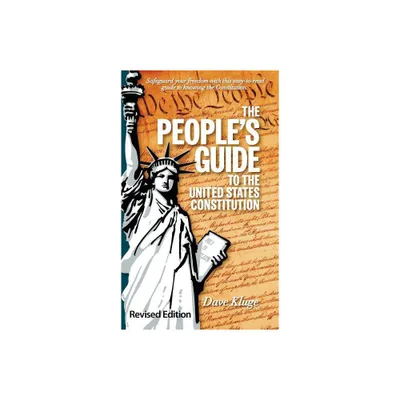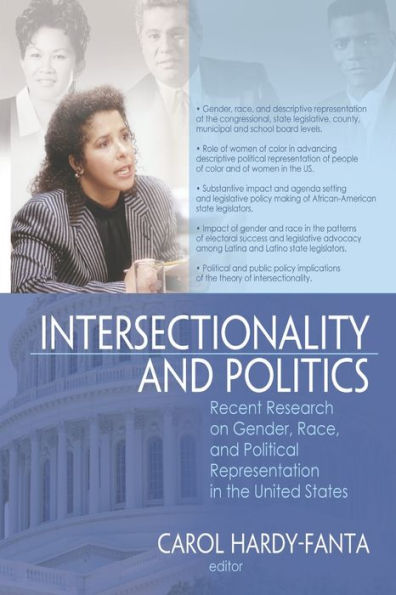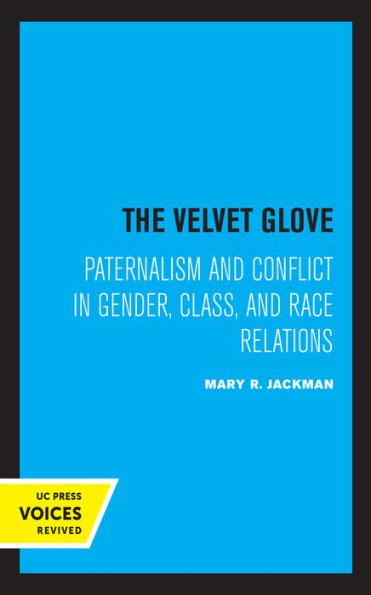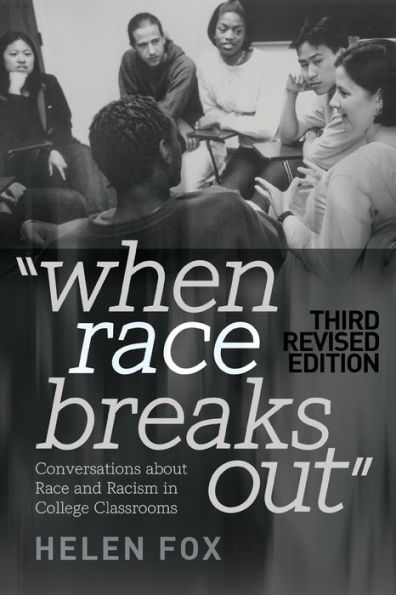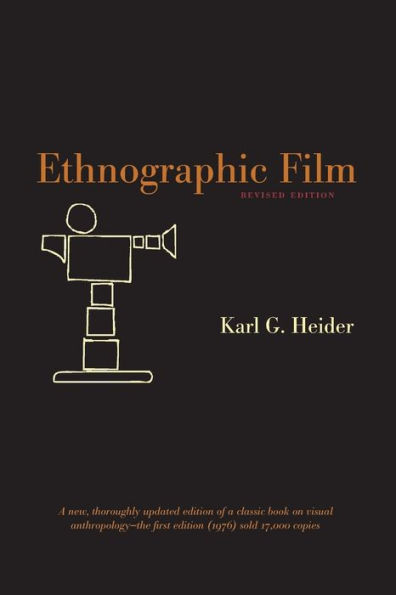Home
Beyond Silenced Voices: Class, Race, and Gender in United States Schools, Revised Edition / Edition 1
Loading Inventory...
Barnes and Noble
Beyond Silenced Voices: Class, Race, and Gender in United States Schools, Revised Edition / Edition 1
Current price: $36.95
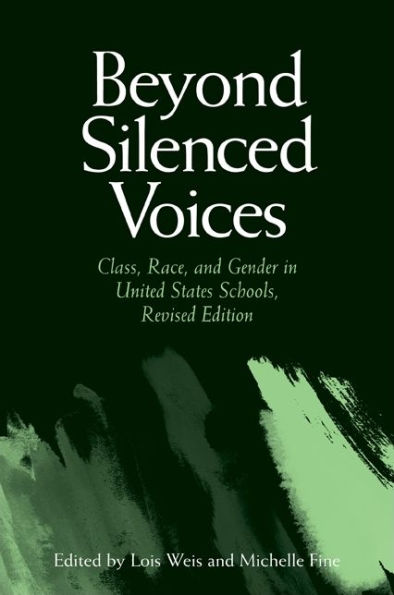

Barnes and Noble
Beyond Silenced Voices: Class, Race, and Gender in United States Schools, Revised Edition / Edition 1
Current price: $36.95
Loading Inventory...
Size: OS
*Product Information may vary - to confirm product availability, pricing, and additional information please contact Barnes and Noble
Winner of the 2006 Critics' Choice Award presented by the American Educational Studies Association
Resting on the belief that educators must be at the center of informing education policy, the contributors to this revised edition of the classic text raise tough questions that will both haunt and invigorate pre- and in-service educators, as well as veteran teachers. They explore the policies and practices of structuring exclusions; they listen hard to youth living at the margins of race, class, ethnicity, and gender; and they wrestle with fundamental inequalities of space in order to educate for change. Written from the perspective of researchers, policy analysts, teachers, and youth workers, the book reveals a shared belief in education that "could be," and a shared concern about schools that currently reproduce class, race and gender relations, and privilege.
Resting on the belief that educators must be at the center of informing education policy, the contributors to this revised edition of the classic text raise tough questions that will both haunt and invigorate pre- and in-service educators, as well as veteran teachers. They explore the policies and practices of structuring exclusions; they listen hard to youth living at the margins of race, class, ethnicity, and gender; and they wrestle with fundamental inequalities of space in order to educate for change. Written from the perspective of researchers, policy analysts, teachers, and youth workers, the book reveals a shared belief in education that "could be," and a shared concern about schools that currently reproduce class, race and gender relations, and privilege.

